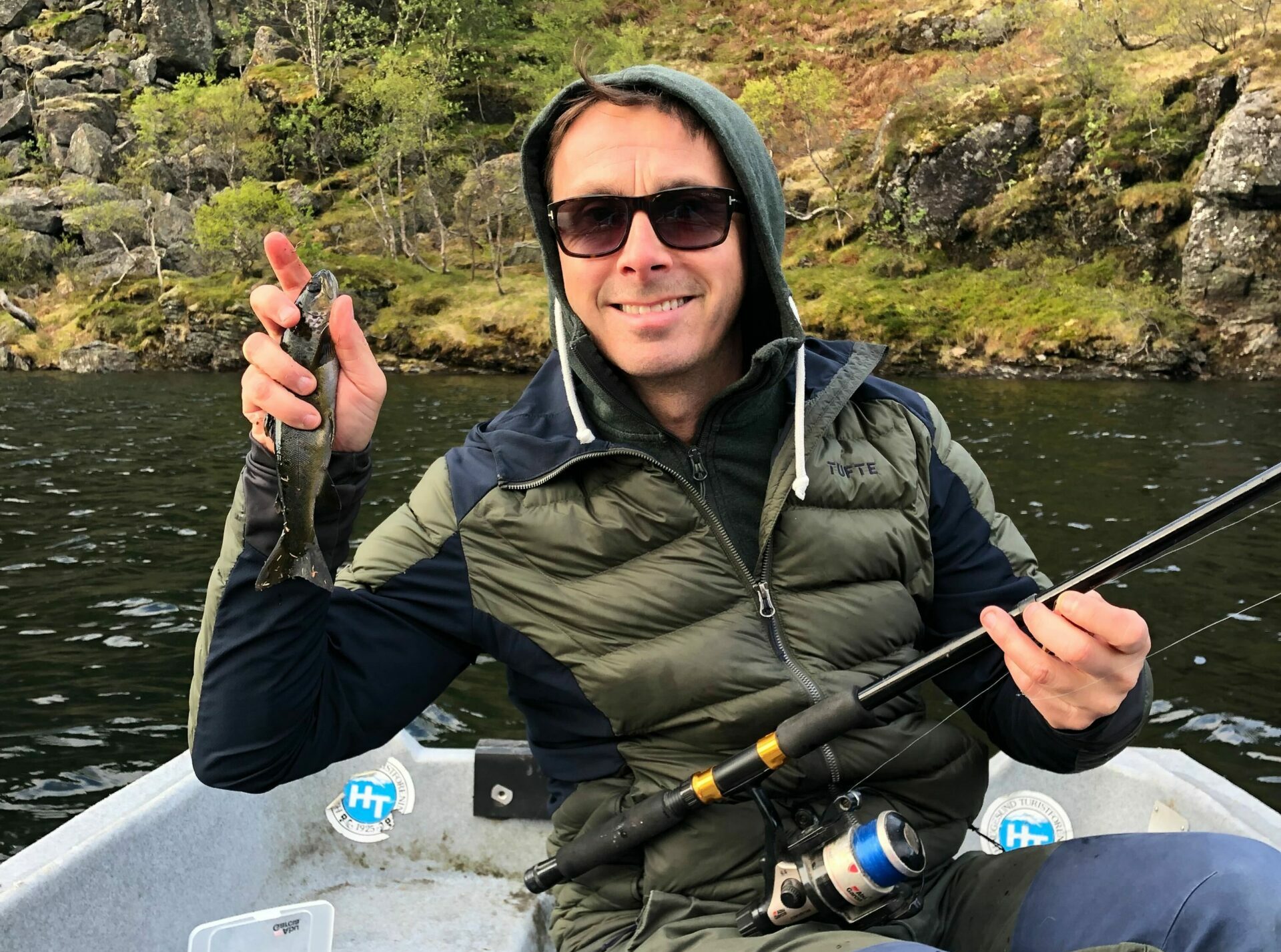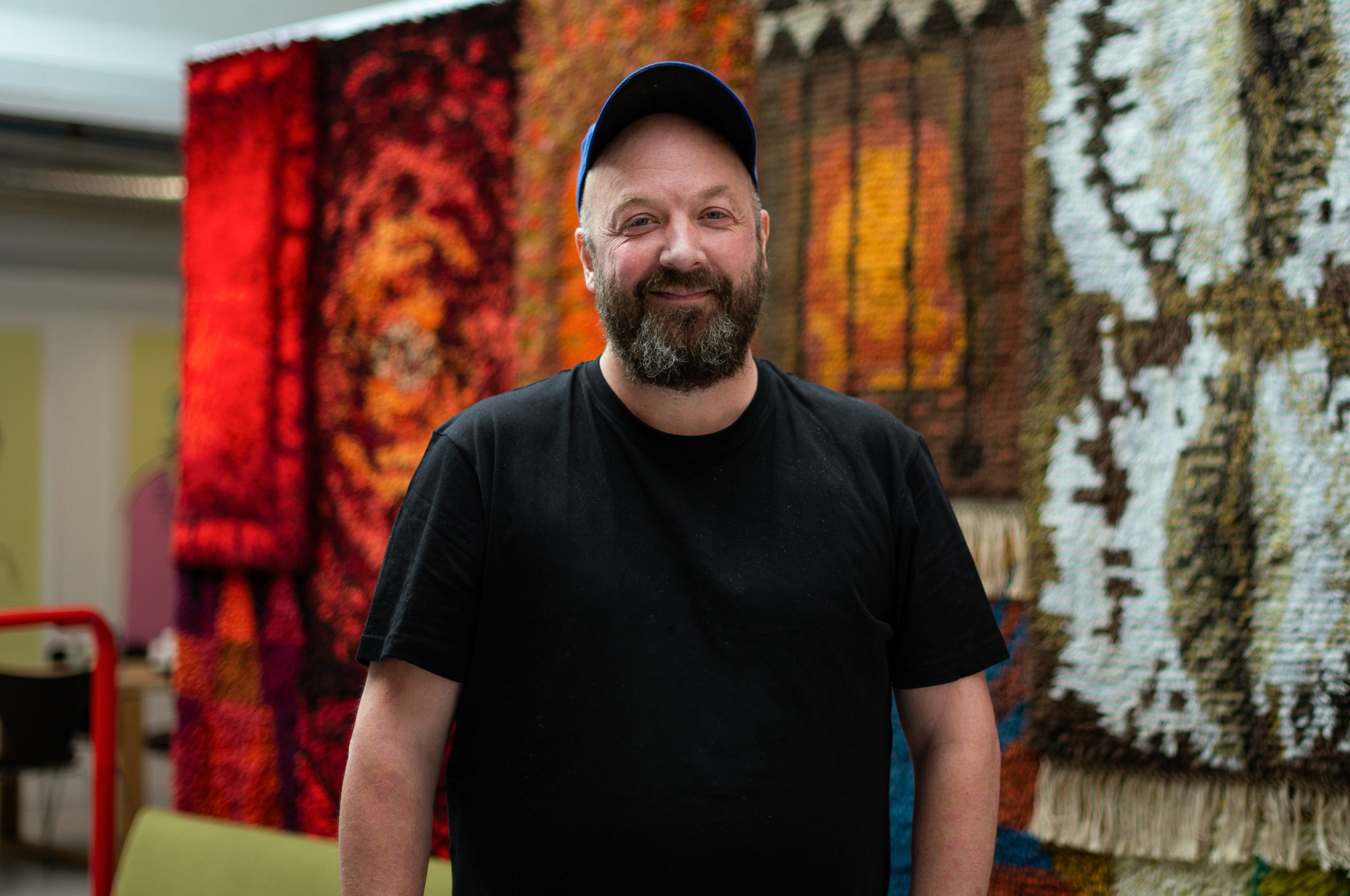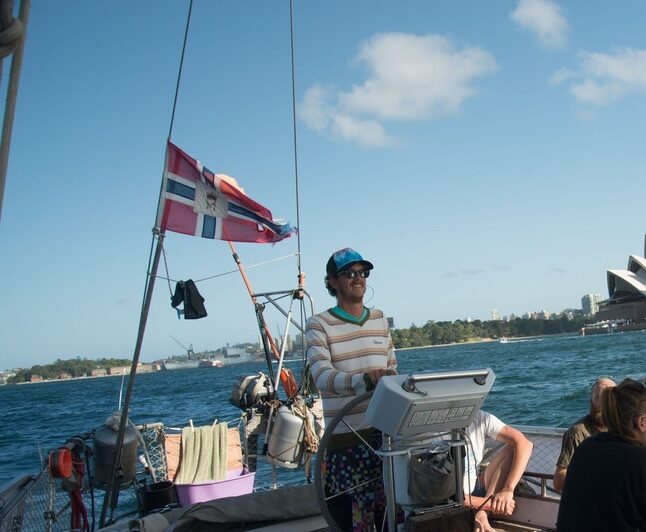Meet Vibeke Lavik Bjaanes, Innovation Manager at SR-Bank. In this interview, she shares how the bank became so good at digital innovation – something many big corporates struggle to do.
Firstly, why do you think you were the right person for this job?
I studied economics, then spent six years as a consultant at a leading global consulting company.
I think innovation was always the way I was going to go. I have a need to create things and I want to see new ideas come to life. That’s what drives me.
And, just as importantly, I like talking to customers and getting their feedback. You’ve got to have that passion if you’re going to create the right things in the right way for the right people.
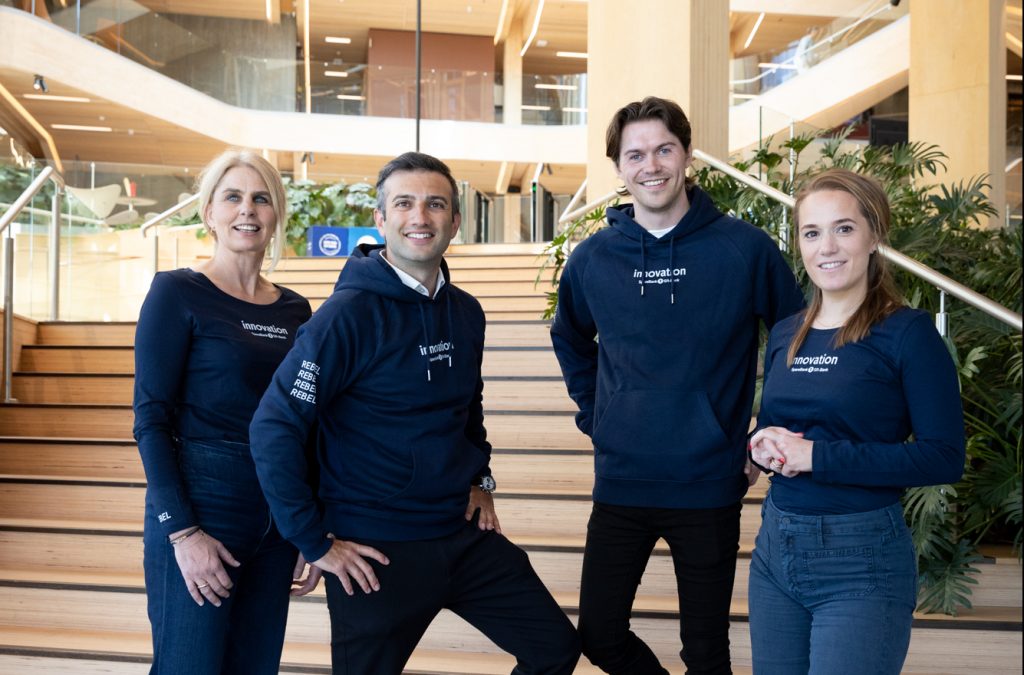
How is your team set up?
SR-Bank has an Innovation Department, and within that there are four full-time employees dedicated to digital innovation. We have the main responsibility for innovation in the bank.
In addition to that I’ve teamed up with colleagues from different departments across the bank to focus on one specific innovation project. We named ourselves the “Taskforce”.
This is a great set up; it means we can tap into people with different skills and perspectives – for example one is a designer, another a bank advisor, others in business development.
So, it’s a diverse group with lots of different backgrounds.
This is important because we bring different mindsets and perspectives. The thing that unites us is a serious customer focus and a desire to solve problems for them.
Another thing that’s unusual about it, is we’re all women.

Lena Mangersnes, and Vibeke
How did you get executive buy-in for it, in the first place?
We invented this set up ourselves as the best way to deliver innovation in the bank. Then we took it to the bank’s leaders and asked them to bless it.
Importantly, we didn’t promise a lot of money to start with. The money comes after.
What we did make was clear there was a problem with the bank’s growth ambitions, when you looked at them through a digital lens.
The leadership team agreed with us that the business needed scalable, innovative digital solutions to meet its growth plan.
We offered to prove our concept by taking on a project. They were very happy with how that went, so we got another project… and it just went from there.
It’s crucial when you pitch something new to align it to the wider business plan. Show leaders what’s in it for the organisation and for them.
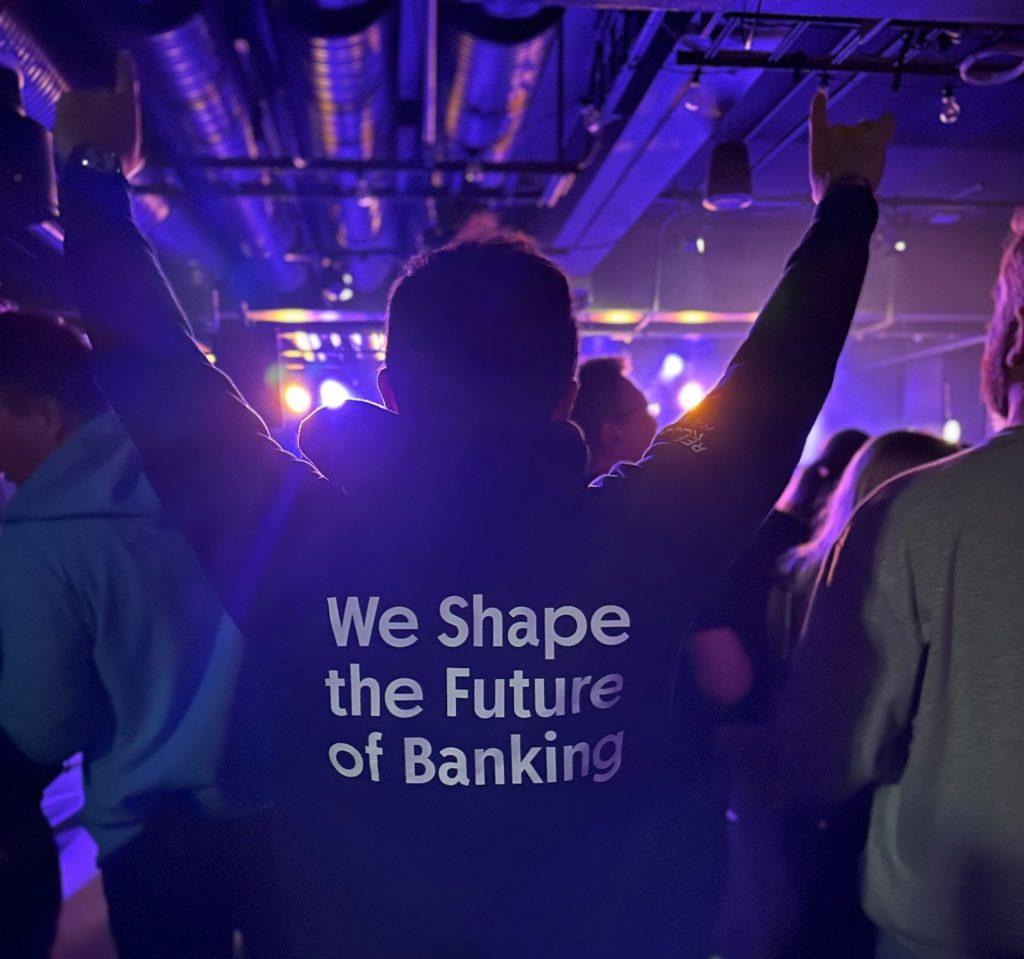
Where did you start?
We brought people together who we liked to work with; people who were creative, but who also triggered ideas and discussions. Also, we chose colleagues who were quite new to the bank so they had fresh perspectives on how things could be done.
Once we found the right people, we knew we had to start working in a fresh way. After all, we wanted to try something that no one had tried before.
Within the Taskforce, we have set our own culture that has proven to be a smart move.
We have primarily worked in locations outside the bank, we have worked long-days together, and we know each other very well.
This has allowed us to create an atmosphere and a psychological security where we can share crazy thoughts and ideas.
What was the biggest obstacle you faced?
I think there are two big ones: history and prioritising resources.
Banks – like a lot of big companies – have special areas that they are very good at and which they have been very successful in for a long time.
If you have a business model that has worked well for 100-years, then being an innovator will always be a challenge.
On top of that, to carry out a digital innovation project, you must have dedicated resources from the organisation.
If that comes at the expense of daily operational activities, it’s hard to persuade people to prioritise setting aside those resources.
All that means – particularly early on – you have to tell a great story.
We had to make leaders see the potential for making money and for saving money. Then we had to show it would make life easier – for customers and for bank staff.
Prototyping can really help with this, by bringing ideas to life very quickly.
I took one of your [SmplCo] prototypes into a leadership meeting and they were blown away by it. It was really cool and only took five days to complete it.
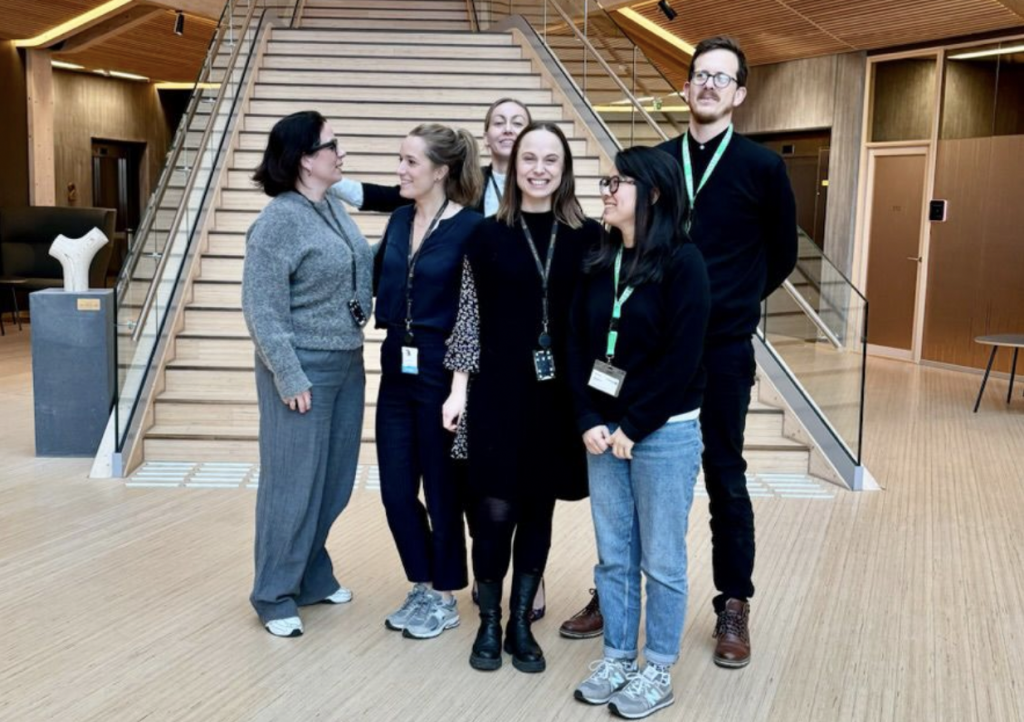
How do you know which ideas are good and which aren’t?
We have a very structured innovation process, which has six steps. It goes like this:
- Generate ideas: we find as many ideas as we can from inside the team and from around the business; opportunities and problems that need to be solved, either internally or for customers.
- Evaluate ideas: we worked with the organisation to choose strategic areas to focus on. We use these as guidelines to prioritise ideas that hone in on both customer and business needs.
- Score the idea: next our team looks at the proposal and evaluates it from the bank’s perspective, scoring it based on desirability, feasibility (can it be done?), and viability (will it live and grow?). That’s up to us. If the idea gets a good enough score, then it goes on for further investigation.
- The problem/solution phase: here we look at whether this is a problem that needs to be solved and ask if we can provide enough evidence that the solution is viable. Now, talking to the customer becomes important. We either share the idea itself, or we go further and conduct user testing with a prototype.
- The Product/Market phase: If the customers like the value proposition we’ll create a Minimum Viable Product (MVP) that delivers the core value of the product or service to the customer and get feedback on it.
- Scale and hand back: If the testing all goes well, we will build the product or service and hand it over to the owner to roll out.
Are there any big wins you can talk about?
I think we are the only bank with our own AI GPT – it’s called SR-GPT.
This is an internally developed GPT, made for SR employees, and is an alternative to an Open AI solution.
It helps employees in the bank to find and share information quickly and efficiently, improving productivity.
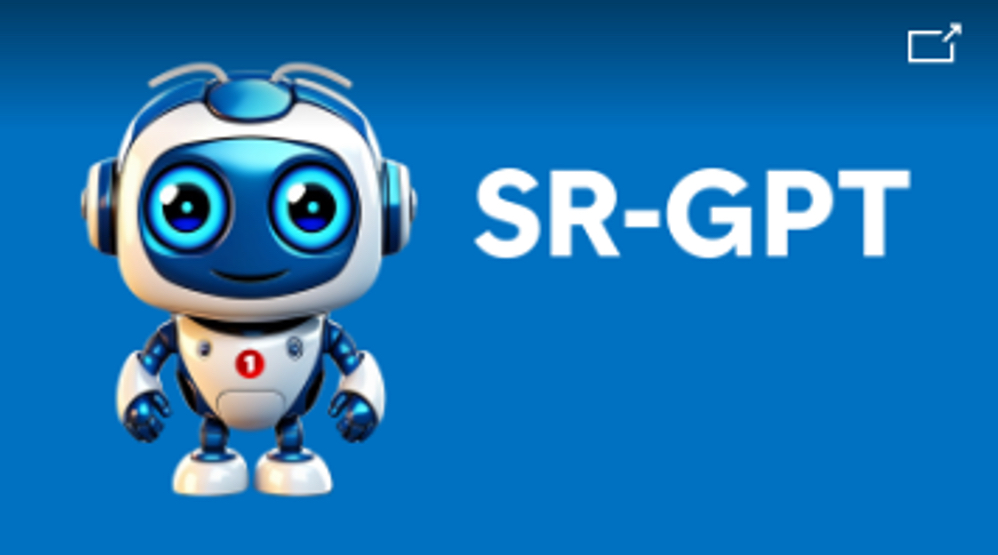
Another win was a chatbot, which came from investing in an early-stage start-up.
You don’t always have to create everything yourself. Someone else might be able to solve the problem for you. The key is to pinpoint the right problem and best solution in the first place.
You can read more about that chatbot here.
Are there any lessons from projects that didn’t go so well?
Problems tend to come when there are two things wrong.
Firstly, you don’t have stakeholder alignment. We had one project where people got really upset when they weren’t involved at the right time.
Secondly, you must convince people to have a customer mindset. These days you can’t simply dictate to the customer – whether they’re internal or external. You’ve got to test and get feedback.
What you give them doesn’t need to be perfect, but it can be too late if you don’t involve the users from the start.
However, if you do test and listen and learn, that’s when the magic happens.

